Cherry Blossoms 2011: Hakodate Report (5/6)
| Cherry Blossom Report 2011 Official cherry blossom reports by japan-guide.com |
This year's cherry blossom season will be overshadowed by the tremendous loss caused by the recent earthquake. However, we believe that the blossoms will serve as symbols of hope and resilience and a source of motivation along Japan's road to recovery. With this in mind, we never hesitated to go ahead with our annual reports in order to inform travelers in Japan and readers across the world about this year's cherry blossom season.
| previous post |
| next post |
2011/05/06 - Hakodate Report
by francois
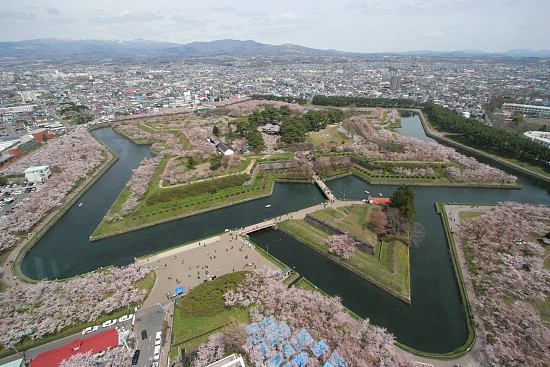
After a series of cherry blossom reports from the Tohoku Region on April 29 and May 1 and May 2, Schauwecker and I have followed the cherry blossoms to Japan's northernmost region and the last place to find flowers: Hokkaido. Today we explored the most famous cherry blossom sites of Hakodate, and within the next few day will write our final report of the season from Sapporo.
Hakodate is located along the southern coast of Hokkaido, and as such is the one of the first places on the island to see the cherry blossoms open and then reach full bloom. At the moment the flowers are still approaching full bloom, but should reach their seasonal peak within the next couple of days. The progression of the flowers has been faster this year than it was last year. Schauwecker visited the city during full bloom over a week later in the year on May 14, 2010.
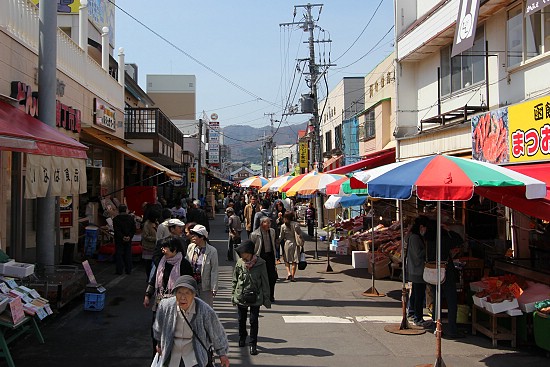
After arriving at Hakodate Airport, Schauwecker and I went straight to the city's morning market (held daily from the early morning until noon and located beside JR Hakodate Station). The morning market suffered considerable damage from flooding caused by the March 11 Earthquake and Tsunami, but today we found the area has been completely repaired and brought back to normal.
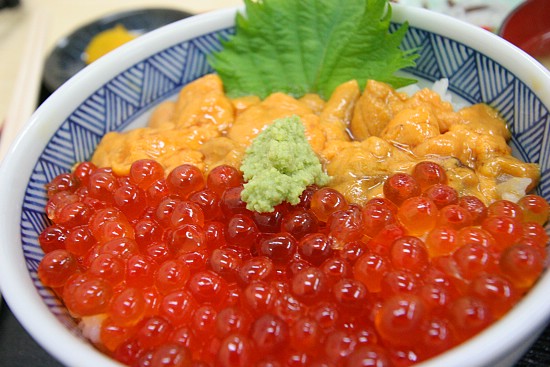
Hakodate Park
May 6, 2011 - approaching full bloom (50-80%)
Hakodate Park is located at the foot of Mount Hakodate, and is one of the country's first Western style parks. With a small zoo and a children's playground, the park is a great place to take one's kids. There are a few hundred cherry trees scattered across the grounds, which are currently approaching full bloom. Between 50 and 60% of the cherry trees' flowers have opened, and the park should reach full bloom within the next couple of days.
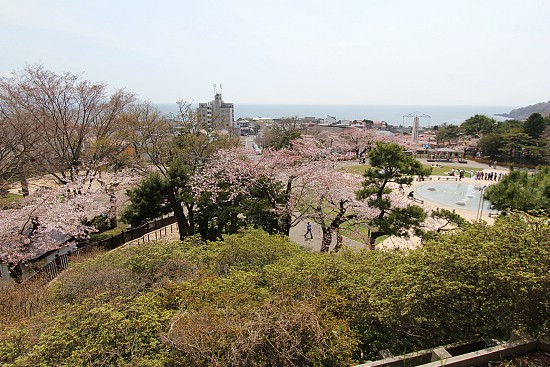
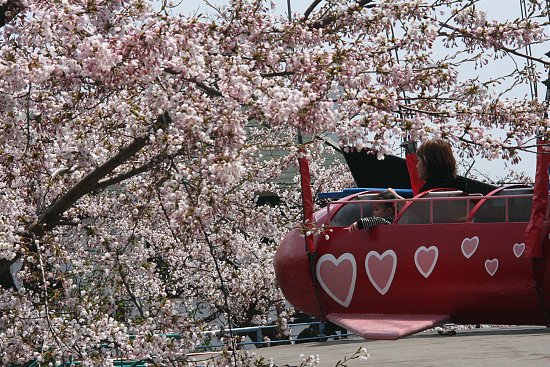
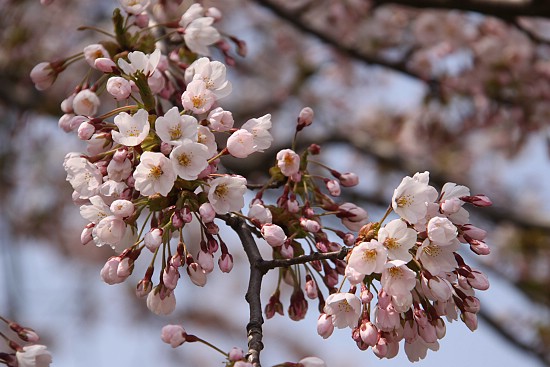
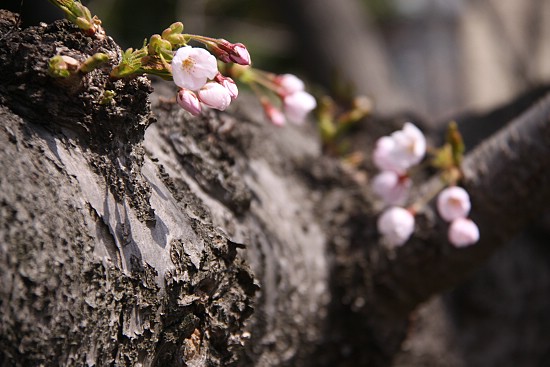
Fort Goryokaku
May 6, 2011 - approaching full bloom (50-80%)
The second stop of the day could be considered Hokkaido's most famous cherry blossom spot. Fort Goryokaku is a star shaped citadel built at the end of the Edo Period (1603-1867). It was converted into a public park in the early 1900s and over a thousand cherry trees were planted along the star shaped moat and across the grounds. The fort is covered in attractive green space and dense rows of cherry trees, whi hold thousands of flowers overhead. Beside the fort stands the 107 meter tall Goryokaku Tower, which has a great observation deck overlooking the fort.
The flowers of Fort Goryokaku are not as advanced as those of Hakodate Park and are about 50% open on average, though some trees are significantly more advanced and other significantly behind. The fort's trees should reach full bloom in a couple days and stay attractive into the beginning of next week.
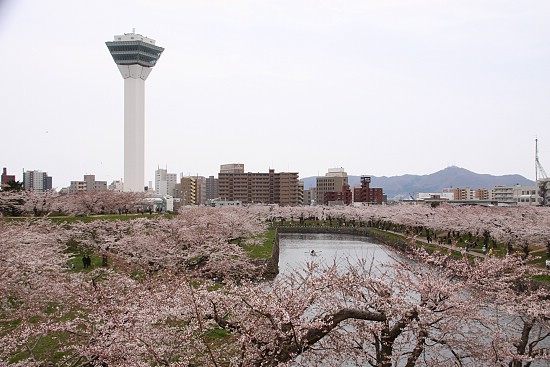
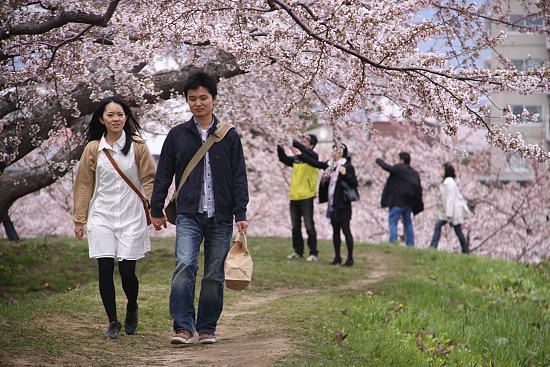
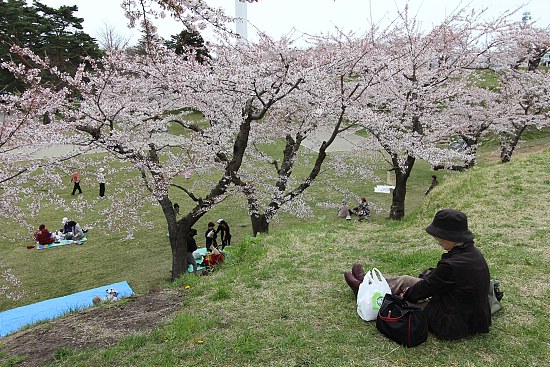
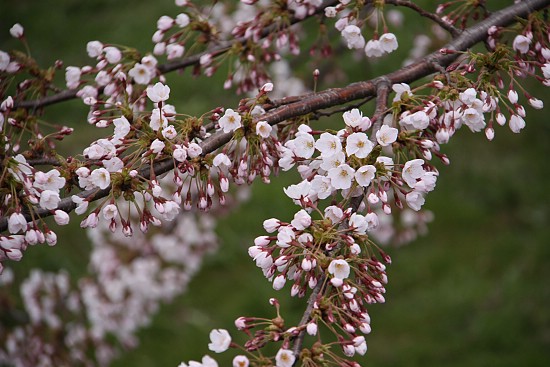
An additional attraction of today's visit to Goryokaku was our first look at the newly reconstructed Magistrate Office at the center of the fort. During Schauwecker's visit last year on May 14, 2010, the building was still undergoing construction. It was opened to the public a few months later and now displays the wooden architecture and tatami rooms as they appeared at the time of their construction in the mid 1800s.
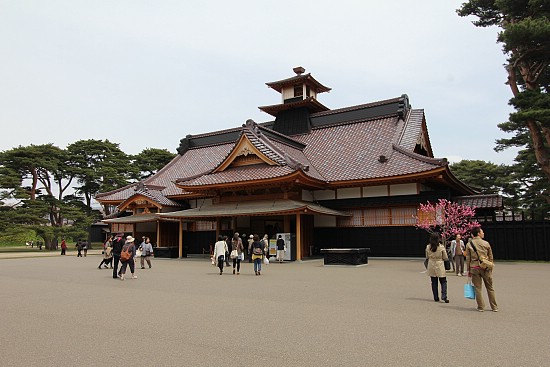
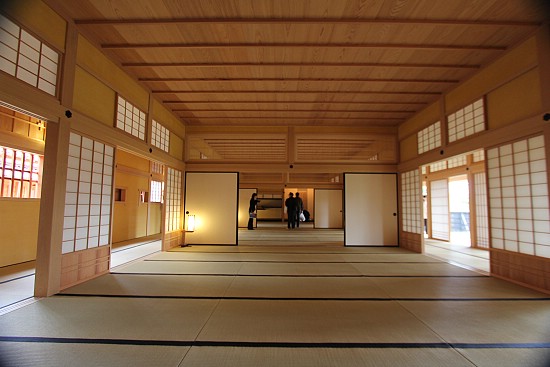
Today was my first visit to Goryokaku, and I must say that I was impressed with the fort as a cherry blossom spot. The grounds have a very nice park-like atmosphere and were not too crowded. Travelers in the area should consider paying the fort a visit, although a forecast for bad weather in the next few days may disrupt some of this year's peak cherry blossom viewing period.
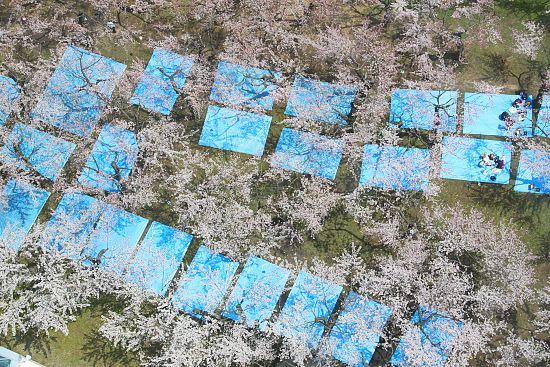
| previous post |
| next post |
|
List of Posts:
2011/05/09 - Sapporo Report 2011/05/06 - Hakodate Report 2011/05/02 - Kakunodate Report 2011/05/01 - Hirosaki Report 2011/04/29 - Kitakami Report 2011/04/22 - Aizu Report 2011/04/21 - Sendai Report 2011/04/20 - Fujigoko Report 2011/04/19 - Tokyo Report 2011/04/16 - Kyoto Report 2011/04/15 - Osaka Report 2011/04/14 - Tokyo Report 2011/04/14 - Kanazawa Report 2011/04/13 - Yoshino Report 2011/04/12 - Kyoto Report 2011/04/12 - Okayama Report 2011/04/11 - Tokyo Report 2011/04/11 - Takamatsu Report 2011/04/10 - Osaka Report 2011/04/10 - Matsuyama Report 2011/04/09 - Kyoto Report 2011/04/08 - Tokyo Report 2011/04/08 - Yoshino Report 2011/04/07 - Hiroshima Report 2011/04/07 - Iwakuni Report 2011/04/07 - Nagoya Report 2011/04/06 - Kyoto Report 2011/04/05 - Tokyo Report 2011/04/04 - Kyoto Report 2011/04/03 - Fukuoka Report 2011/04/02 - Tokyo Report 2011/04/01 - Kyoto Report 2011/04/01 - Kagoshima Report 2011/03/31 - Kumamoto Report 2011/03/31 - Fukuoka Report 2011/03/30 - Tokyo Report 2011/03/30 - Kochi Report 2011/03/29 - Kyoto Report 2011/03/28 - Himeji Report 2011/03/27 - Tokyo Report |
Questions? Ask in our forum.


